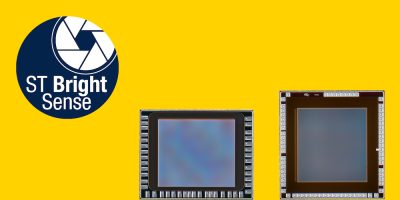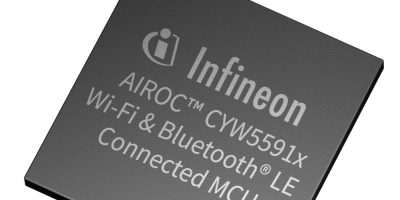Farnell is now offering Murata’s latest UWB and LoRa connectivity modules for convenient wireless integration. These modules are designed to simplify wireless development and certification, making it easier to incorporate wireless capabilities into a wide range of applications.
Murata’s UWB modules provide high-accuracy location functionality with UWB tag and anchor functions in compact packages. These modules feature integrated RF front ends, simplifying the implementation process and reducing the need for extensive RF expertise. This allows developers to seamlessly incorporate advanced location capabilities into their applications..
Additionally, Murata’s LoRa modules offer a compact, integrated solution with an embedded MCU. Developers have the flexibility to utilise the MCU as the Host for an End Node, providing customisation possibilities for various projects.
The technology enables location accuracy in the order of 0.1m for indoor or outdoor applications. The UWB Modules available at Farnell include:
• FiRa certified UWB module, Type 2BP is the ultra small UWB module which includes NXP’s SR150 UWB chipset, clock, filters and peripheral components. Ideally suited for general IoT devices including battery operated devices.
• UWB module with integrated BLE wireless MCU, Type 2AB is designed as ultra-small, high quality and lower power consumption module. It can be operated on the wireless MCU making this a suitable part for wearables and applications where size is critical
• UWB tag module with integrated BLE wireless MCU. Type 2DK is an all-in-one UWB + Bluetooth LE combo module which integrates NXP Trimension SR040 UWB Chipset, NXP QN9090 Bluetooth LE + MCU chipset, on board antenna and peripheral components. Ideally suited for UWB Tag/Tracker which operates by coin-cell battery, and general IoT devices.
The Murata Type 1SJ LoRa Modules are some of the smallest LoRa Modules in the line-up and include the Semtech SX1262 LoRa Connect Transceiver IC and ST Microelectronics STM32L0 MCU to provide customers with a Regulatory Certified Module that can be used as the core of a LoRa End Node product design. The LoRa modules available at Farnell include:
• LoRa OpenMCU Module, Type 1SJ-295 supplied as an OpenMCU configuration to allow custom Application to be flashed to integrated MCU, together with LoRa Stack.
• LoRaWAN Modem Module, Type 1SJ-6868 pre-flashed with modem Firmware and EUI to support LoRaWAN operation by AT Commands.
• LoRa Module Evaluation Kit to support development and verification for both OpenMCU and Modem configurations of Module.







